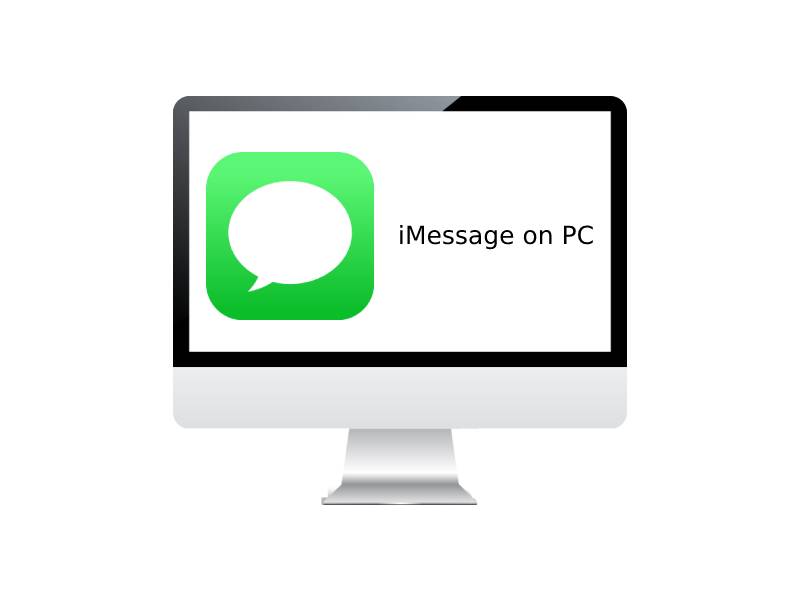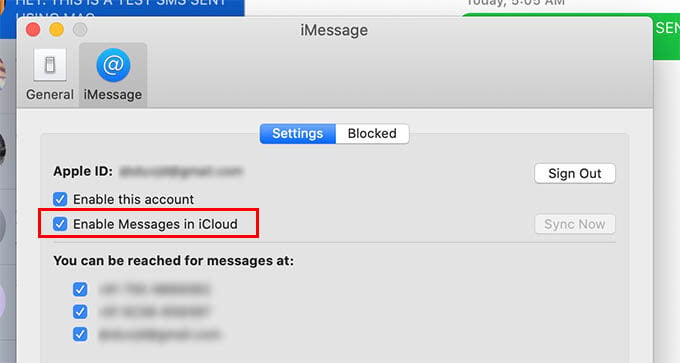- Can I Use Imessage On Mac
- How To Use Imessage On Macbook Pro
- Install Imessage On Mac
- Enable Imessage On Mac
Want to get iMessage set up on your Mac computer, but not sure how? We're here to help. Watch this tutorial video to lean how to set up and use iMessage for. Learn how to use Messages application for chating with other Mac and iOS users.Don't forget to check out our site for more free how-to vid.
Go to Settings Messages and make sure that iMessage is on. You might need to wait a moment for it to activate. Tap Send & Receive. If you see “Use your Apple ID for iMessage,” tap it and sign in with the same Apple ID that you use on your Mac, iPad, and iPod touch. But you must switch between those Apple IDs and passwords manually every time you want to use a different Apple ID. How to Access iMessage and Messages With Your Windows PC iMessage Through Remote Access to Mac. One workaround for getting iMessage on your PC is to utilize Chrome’s great Remote Desktop feature. To get this going, you do need a. Click the iMessage tab in the window To the right of Enable Messages in iCloud, click Sync Now Now in the bottom left corner of Messages, you’ll see a status bar if there are messages to sync.
When you first set up Messages on your Mac, you're asked to sign in to your iMessage account with your Apple ID. Messages then automatically attempts to sign in every time you open it. Signing in to FaceTime is similar. If either app doesn't sign in successfully, try these solutions.
Check your Internet connection

Make sure that your Mac is connected to the Internet. You should be able to load web pages or receive email, for example.
Check for a service outage
Check the Apple System Status page for a temporary outage affecting iMessage or FaceTime.
Check your Date & Time settings
- Choose Apple menu () > System Preferences, then click Date & Time. Make sure that the date, time, and time zone are correct.
- If the ”Set date and time automatically” checkbox is selected, deselect it and select it again. (If the checkbox is dimmed, click and enter your administrator password.)
Make sure that your software is up to date
Learn how to update your Mac software. Software updates can improve the stability, compatibility, and security of your Mac, and might also resolve the issue.
Check your Apple ID
To make sure that your Apple ID and password are correct, go to the Apple ID account page and sign in with the same Apple ID that you're using with Messages and FaceTime. If that works, open the app and take these steps:
- Messages: Choose Messages > Preferences, then click Accounts. Select your iMessage account, then click Sign Out. Now sign in again with the same Apple ID you used on the Apple ID account page.
- FaceTime: Choose FaceTime > Preferences. In the Settings tab, click Sign Out. Then sign in again with the same Apple ID you used on the Apple ID account page.
Can I Use Imessage On Mac
Reset NVRAM
In case the issue is related to any of the settings stored in NVRAM, reset NVRAM on your Mac.
Check for third-party software
If you installed firewall, security, VPN, or other third-party networking software, make sure that the software isn't blocking any of the network ports used by iMessage and FaceTime. If necessary, disable the software and then try using your iMessage account or FaceTime again.
How To Use Imessage On Macbook Pro
Learn more
Install Imessage On Mac
Learn what to do if you have other FaceTime issues.

Enable Imessage On Mac
FaceTime is not available in all countries or regions.
